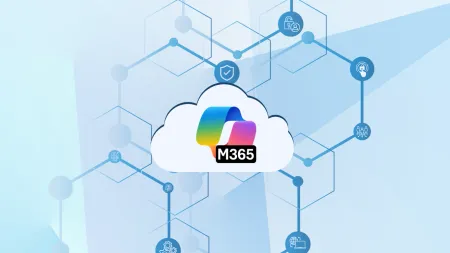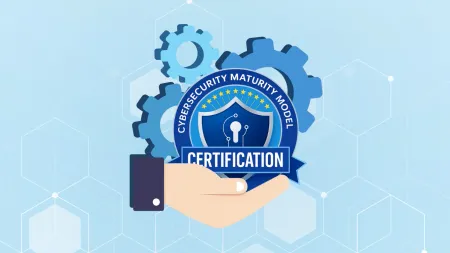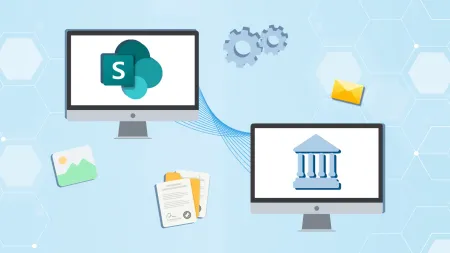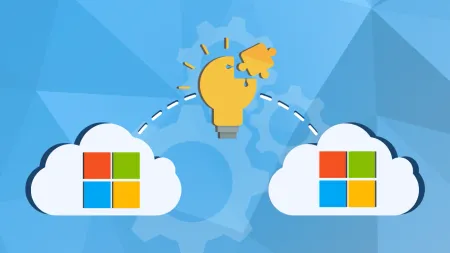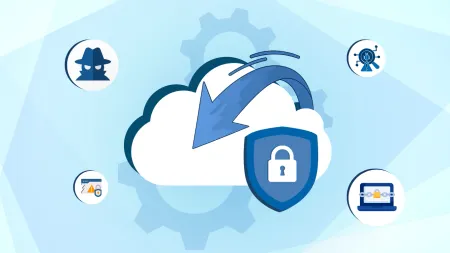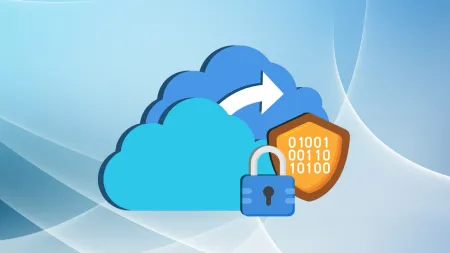Resolve IT Issues Faster With These 5 Support Call Tips
Having been in IT for 20 years now I have taken many many support calls Their range of issues technical knowledge and emotion have run thefull sp...

Having been in IT for 20 years now, I have taken many, many support calls. Their range of issues, technical knowledge and emotion have run the full spectrum. I’ve always taken pride in being approached with a problem and being able to deliver a viable solution for all involved. With all of this first-hand experience, I have a few support call tips that can help save you time.
First, it’s important to note that not all calls are created equal. Not every customer has vast technical knowledge, and not every support rep is personable on every call. Here’s an example of a common yet unproductive call reps often encounter:
- Support Rep: “Hello, how can I assist you today?”
- Caller: “Hey, I think this thing is broken.”
- Support Rep: “Ok, can you tell me a little more about what it’s doing or not doing?”
- Caller: “Yeah, it stopped working.”
Forehead, meet desktop.
Repeat four times.
As a support caller, IT is probably one of many items on your plate. Save time and get issues resolved faster by using these 5 support call tips:
- Who are you and what company do you work for?
This simple start provides support reps with a ton of information and gives them a heads up on the environment they will be working in (HW/SW/Network). It also leads to collecting your contact information so if there is a need for additional instruction or direction, they can reach you.
- What are you trying to accomplish?
This gives a clear picture of what outcome you are trying to achieve and allows us to focus our troubleshooting efforts.
- What issue/error are you experiencing?
Many believe that this is the most important bit of information needed, when in actuality, it’s best to know this after we know what you’re trying to accomplish. Trying to troubleshoot solely on error codes and messages can often waste time in chasing down one of the dozen possible reasons for a specific error code. With a clear goal AND current error messages, we can find a better way of achieving the goals in a more productive way than just fixing an error.
- What is the priority of this issue?
Every call is a priority and everyone is busy, but in instances where you have multiple issues, clearly prioritizing items is the most effective way to get operations running smoothly again and generate the most customer satisfaction.
- When can I expect a call back or the issue to be resolved?
Prioritizing issues is important, but making sure everyone is on the same page regarding follow-up and resolution timeframes is equally important. Make sure to ask when you can expect a response or the issue to be resolved to set expectations from the get-go.
Not every support call needs to include tons of workspace narrative to convey which issues you’re experiencing, nor should a support rep simply write down everything that is said and leave it at that.
With these support call tips, you can start asking the right questions and give more accurate information. This can lead to faster response and resolution rates and help your team regain full productivity faster.
Comprehensive IT support goes beyond resolving yesterday’s issues. If you’re looking for strategic IT support that grows with your business, learn more about our AgileCover managed services.
